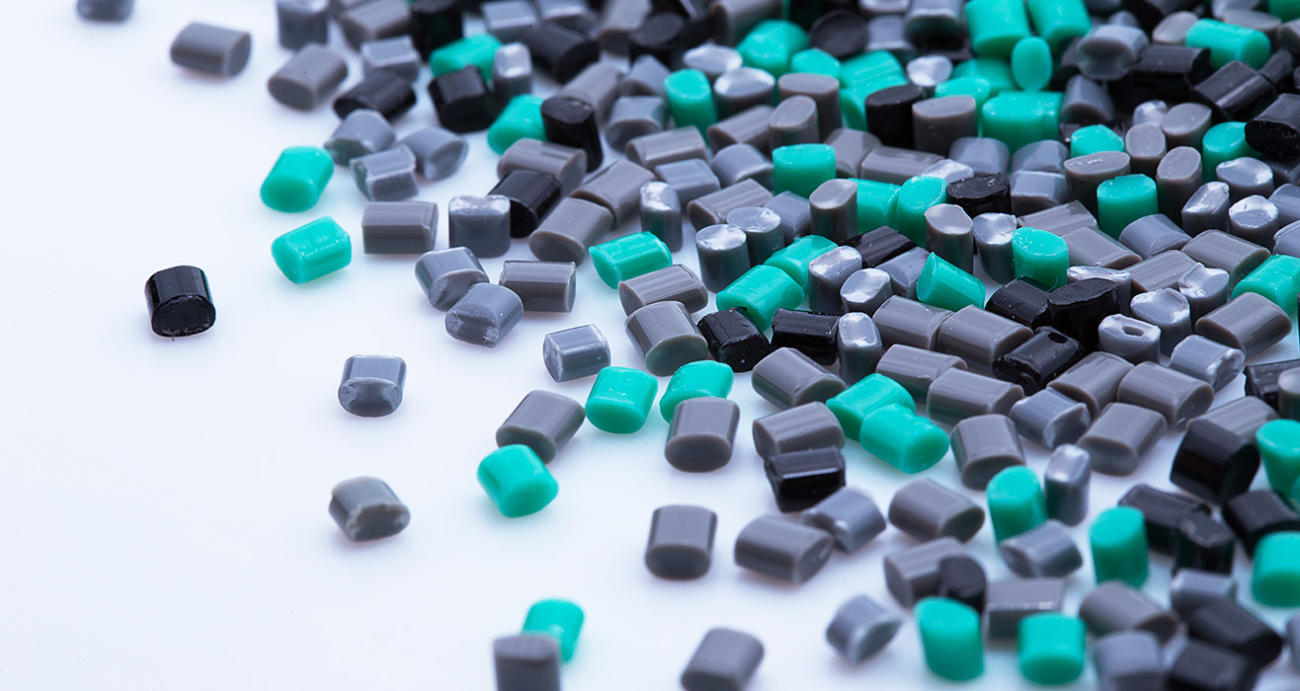In today’s world, plastics have become an integral part of our daily lives, shaping everything from the products we use to the environments we inhabit. Once considered a mere novelty, plastic materials have evolved into versatile marvels that are at the forefront of innovation and practicality. Their unique properties, such as lightweight durability, resistance to moisture, and ease of molding, make them ideal for a myriad of applications in various industries, including packaging, construction, and healthcare.
As we delve deeper into the world of plastics, it is essential to understand not only their benefits but also their challenges. The adaptability of plastic materials has led to a dependency that, while convenient, raises important questions about sustainability and environmental impact. In this exploration, we aim to uncover the incredible potential of plastics while also addressing the pressing need for responsible usage and recycling practices that can safeguard our planet for future generations.
Types of Plastics
Plastics can be broadly categorized into two main types: thermoplastics and thermosetting plastics. Thermoplastics are materials that become soft when heated and can be molded into various shapes. This property allows them to be reprocessed and recycled easily. Common examples of thermoplastics include polyethylene, polypropylene, and polyvinyl chloride, each with unique characteristics and applications. These materials are widely used in everyday products, from packaging and containers to automotive parts and medical devices. de plexiglass sur mesure
On the other hand, thermosetting plastics undergo a chemical change when heated, resulting in a rigid and inflexible structure. Once set, they cannot be remolded or recycled in the same way as thermoplastics. These plastics offer enhanced strength and durability, making them suitable for high-performance applications. Common thermosetting plastics include epoxy, phenolic, and melamine resins, which are often used in electrical components, adhesives, and coatings.
In addition to these primary categories, there are also specialty plastics that exhibit specific properties or functions. Examples include biodegradable plastics, which are designed to break down more readily in the environment, and engineering plastics, known for their superior mechanical performance. Specialty plastics often cater to niche markets, such as medical, aerospace, and automotive industries, where tailored performance is essential. As innovations continue to evolve, the diversity of plastic materials expands, paving the way for new applications and solutions.
Applications in Daily Life
Plastic materials have permeated nearly every aspect of our daily lives, providing convenience and functionality in a myriad of ways. From the containers we use to store our food to the packaging that keeps products fresh, plastics play a crucial role in ensuring our everyday tasks are more manageable. The lightweight nature of plastics allows for easy transport and handling, making them a preferred choice for manufacturers aiming to reduce costs and improve user experience.
Household items are another area where plastic materials thrive. Everything from kitchen utensils to furniture is often crafted with plastics due to their durability and ease of maintenance. Plastic chairs and tables are not only lightweight but also resistant to moisture and fading, making them ideal for both indoor and outdoor use. Moreover, advancements in design have allowed for a wide range of styles and colors, ensuring that plastic items can fit seamlessly into any décor.
In electronics, plastic materials are essential components, providing insulation and protection for delicate circuitry. Smartphones, laptops, and other devices rely on plastics for their casings, which not only protect the sensitive technology inside but also contribute to a sleek and modern aesthetic. As technology continues to evolve, so too does the role of plastics, allowing for innovative designs that enhance functionality while keeping products lightweight and affordable.
Environmental Impact and Sustainability
The widespread use of plastic materials has raised significant concerns regarding their environmental impact. Plastics, particularly single-use items, contribute substantially to litter and pollution in oceans and landscapes. As they degrade slowly, they pose threats to wildlife and ecosystems. Efforts to address this issue have led to increased awareness about plastic waste and the importance of recycling and proper disposal methods.
Sustainability in the plastics industry is gaining traction as manufacturers explore alternatives to conventional plastics. Biodegradable and compostable options are emerging as viable solutions, aiming to minimize long-term environmental persistence. Additionally, advances in recycling technologies are enhancing the ability to reclaim and reuse plastic materials, reducing the need for virgin resources and decreasing the overall environmental footprint.
The future of plastic materials lies in innovation and responsibility. Companies are now investing in sustainable practices, emphasizing the use of renewable resources and eco-friendly production processes. Moving forward, it is essential for consumers, businesses, and policymakers to collaborate in transforming plastic consumption patterns and promoting sustainable alternatives that balance functionality with a commitment to environmental stewardship.


